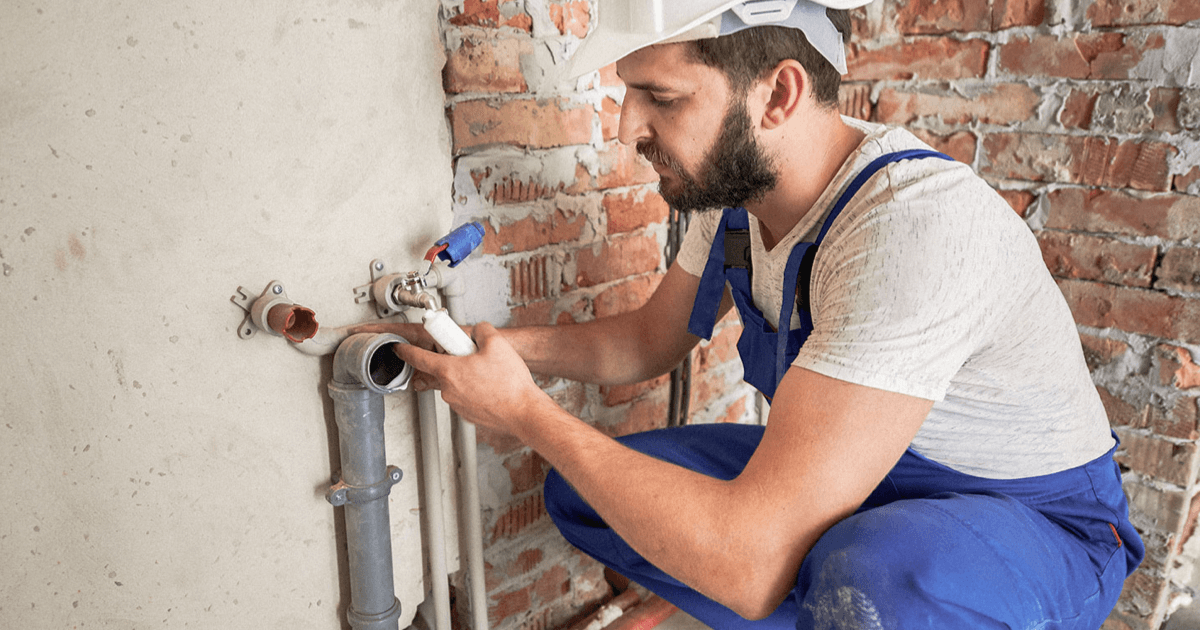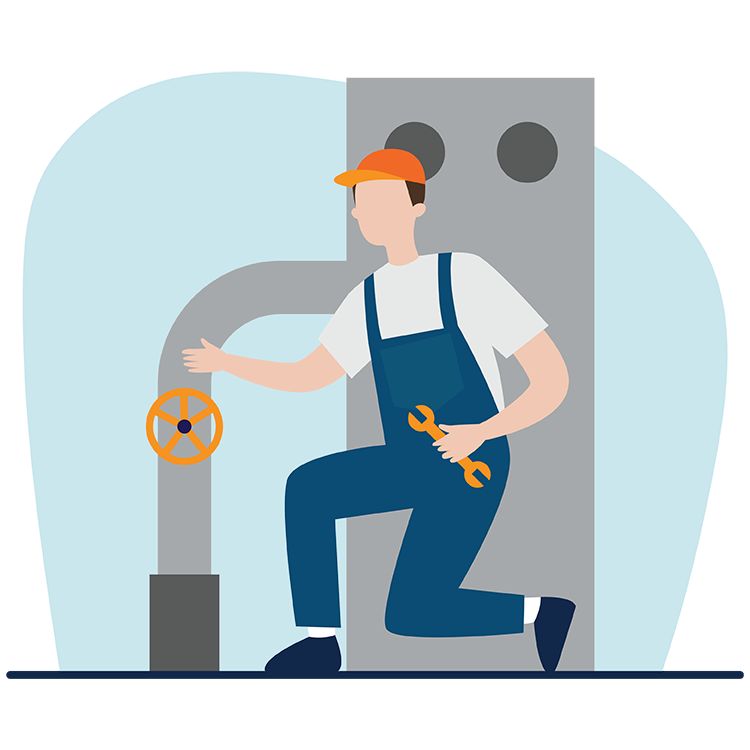Reliable Plumber Alabaster AL for All Your Emergency situation Demands
Reliable Plumber Alabaster AL for All Your Emergency situation Demands
Blog Article
A Step-by-Step Overview to Reliable Hot Water Heater Installment for Optimum Performance
Embarking on the task of setting up a hot water heater is a venture that demands accuracy and an organized method for attaining optimal performance. The procedure starts with the essential choice of selecting the ideal heater tailored to the particular requirements of your household, taking into consideration aspects such as kind, size, and power resource. Once selected, preparing the setup location to meet safety requirements is critical. The journey doesn't end here. As you proceed, the complexities of linking water supply lines and establishing up reliable electrical or gas links wait for, encouraging insights right into making certain effectiveness and integrity.
Picking the Right Hot Water Heater

Next, think about the dimension and ability of the hot water heater. It's vital to assess your house's warm water needs, which can vary based upon the number of passengers and their use patterns. A device that's also tiny may lead to not enough hot water, while an oversized model could lead to unneeded energy intake.
Efficiency ratings also play a critical function in choice. Search for water heating units with high Energy Aspect (EF) rankings, indicating exceptional performance and minimized energy usage. Tankless models, though usually much more costly in advance, offer significant power financial savings with time as a result of their on-demand home heating capabilities.
Preparing the Installment Location
Before setting up a brand-new water heating system, meticulous prep work of the installation location is important. It's critical to determine the room thoroughly to suit the water heater's measurements, making certain sufficient clearance around the device for effective procedure and maintenance.
Next, get rid of any debris, dust, or obstructions from the website to develop a tidy setting. Check the floor for stability, as the hot water heater will need a strong, degree surface area to run properly. If necessary, install a drip pan beneath the unit to catch potential leaks or spills, avoiding water damage to the surrounding area. In regions susceptible to seismic activity, think about setting up seismic straps to secure the heater securely in position.
Furthermore, make sure that all required devices and materials get on hand prior to commencing the installment. This includes things such as wrenches, screwdrivers, a degree, and any added hardware needed for mounting and safeguarding the heating unit. A well-prepared installment location sets the structure for a successful water heating unit setup, optimizing efficiency and safety.
Connecting Water Lines
When attaching supply of water lines to your newly mounted water heating unit, it is vital to guarantee that all links are secure and leak-free to preserve effective operation and prevent water damage. Begin by identifying the cool and hot water lines. The cold water inlet is typically marked with a blue tag or a "C", while the warm water outlet is noted with a red label or an "H".
Usage adaptable water heater ports to facilitate a much easier installment procedure. Prior to attaching the adapters, place a plumbing technician's tape around the threaded ends of the water heating system's inlet his response and electrical outlet pipelines.
When links are in place, slowly activate the main water supply valve. Examine each link for leakages by aesthetically feeling and inspecting for dampness. Tighten up links as essential, and ensure the pressure relief valve is appropriately mounted, guarding against excessive pressure accumulation.
Establishing Up Electrical or Gas Connections
Appropriately setting up the electric or gas links for your water heating system is a critical action to make sure efficient and secure procedure. For electric water heating units, start by verifying that the electric circuit works with the heating unit's voltage and amperage requirements. Ensure the power supply is transformed off at the breaker to stop accidents. Attach the electric wires to the heating system following the manufacturer's circuitry representation. Normally, this includes attaching the ground cable to the green terminal, and the continuing to be cables to their corresponding terminals, safeguarding each with cord nuts.
For gas water heating systems, safety and security is critical. Link the gas line to the water heating system using a versatile gas port, guaranteeing it is properly threaded and sealed with pipe joint substance or Teflon tape appropriate for gas connections.
When links are made, evaluate for any potential leakages. For gas lines, apply a soapy water service to the joints; bubbles suggest a leakage. For electric links, verify that all circuitry is safe and secure and properly insulated, preserving compliance with neighborhood electric codes.
Adjusting and testing for Effectiveness
With the electrical and gas connections firmly in location, the next step is reviewing the functional effectiveness of your water heater. Begin by carefully transforming on the water supply and making sure there are no leaks at any of the joints or shutoffs.
Next, execute a detailed assessment to guarantee the burner or burner are functioning appropriately. For electric heating systems, use a multimeter to confirm if the aspects are drawing the suitable current. In gas versions, observe the burner fire; it ought to be constant and blue, suggesting reliable combustion.
Change the settings as needed to eliminate ineffectiveness. Consider carrying out insulation measures, such as including a hot water heater covering, to further improve efficiency by reducing heat loss. Additionally, inspect the anode pole's problem, as a scrubby rod can minimize efficiency and cause container corrosion.
Conclusion
Efficient water heating system setup is important for making certain ideal efficiency and power financial savings. Securely attaching water supply lines and very carefully establishing up electrical or gas links decrease possible concerns.

Properly setting up the electrical or this page gas connections for your water heater is a vital action to make certain efficient and safe procedure. For electrical water heating systems, start by validating that the electric circuit is suitable with the heating system's voltage and amperage demands. Link the gas line to the water heating unit using a versatile gas adapter, ensuring it is correctly threaded and sealed with pipe joint compound or Teflon tape ideal for gas links.
Report this page